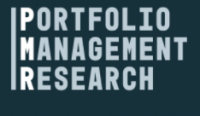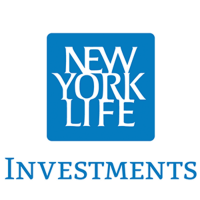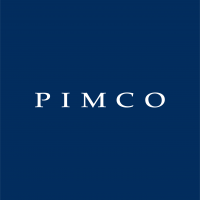The Savvy Investor ETFs and Funds section captures the latest articles, white papers, thought leadership, and commentary across the collective fund universe encompassing ETFs, UCITS funds, mutual funds, and liquid alternatives.
Collective investment is the management of financial assets by a regulated investment manager on behalf of a group of investors. Common assets in which collective funds invest are equities, bonds, and real estate. These funds are widely utilised by institutional investors who wish to gain investment exposure to an asset class or strategy without having to manage a basket of investments themselves. Most funds are ‘open-ended’ investment vehicles i.e., new fund units are created when new investors join the fund. Open-ended funds generally fall into four groups: OEIC, unit trusts, mutual funds, and ETFs...
.
Open-ended investment companies (OEICs), unit trusts and mutual funds units can only be traded with the issuing fund manager and are priced once a day. ETFs, on the other hand, are traded on a stock exchange providing institutional investors with real-time liquidity. As a result of high levels of liquidity and low cost of ownership, institutional demand for ETFs has grown significantly.
The expansion of ETF products has provided investors with access to many differing investment approaches, whether across investment geographies, sectors, styles, philosophies, themes, or factors. Types of ETF available to investors are index, sector, factor, smart-beta, bonds, semi-transparent, and so on.
Although already popular in the asset management industry, ETFs are witnessing increasing adoption in the insurance and pensions industries. This is evidenced by general insurance firms’ endorsement of ETFs for cash management and liquidity purposes and via the increased marketing of target-date retirement funds (TDFs) to the defined contribution (DC) pensions industry.
As the ETF and funds landscape continues to evolve, fees, taxes, regulations, and the number of institutions active in the global funds’ universe will no doubt be subject to change. Strategies such as active vs. passive or analysing the fund cost metrics such as the total expense ratio (TER) vs. the total cost of ownership (TCO), all of these elements play a vital role.
ETFs and Funds pertain to:
- OEICs, unit trusts, mutual funds
- ETFs
- TER, TCO
- Thematic ETF investing
- Digital Asset ETFs
Also included in this section are papers on the merits of using ETFs vs. futures, investing in the growth area of thematic ETFs and implementing ESG considerations into a collective investment framework.













